Sustainable building practices are increasingly becoming vital in Kenya as the country grapples with rapid urbanization, environmental degradation, and the need for affordable housing. This article delves into the success stories of sustainable construction in Kenya, as well as the challenges faced by construction companies and stakeholders.

Understanding Sustainable Building
Sustainable building refers to the design, construction, and operation of buildings in a way that reduces their environmental impact. This encompasses the use of eco-friendly materials, energy-efficient designs, and sustainable construction techniques. In Kenya, where the construction sector is a significant contributor to the economy, integrating sustainability is essential for long-term viability.
Success Stories
1. Green Building Initiatives in Nairobi
Nairobi, the capital city, has seen a surge in green building projects. Notable among them is the U.N. Environment Programme headquarters. This building is designed to minimize energy use and includes features like rainwater harvesting and natural ventilation. Such projects have set benchmarks for sustainable architecture in the region, demonstrating that environmentally conscious design can be both functional and aesthetically pleasing.
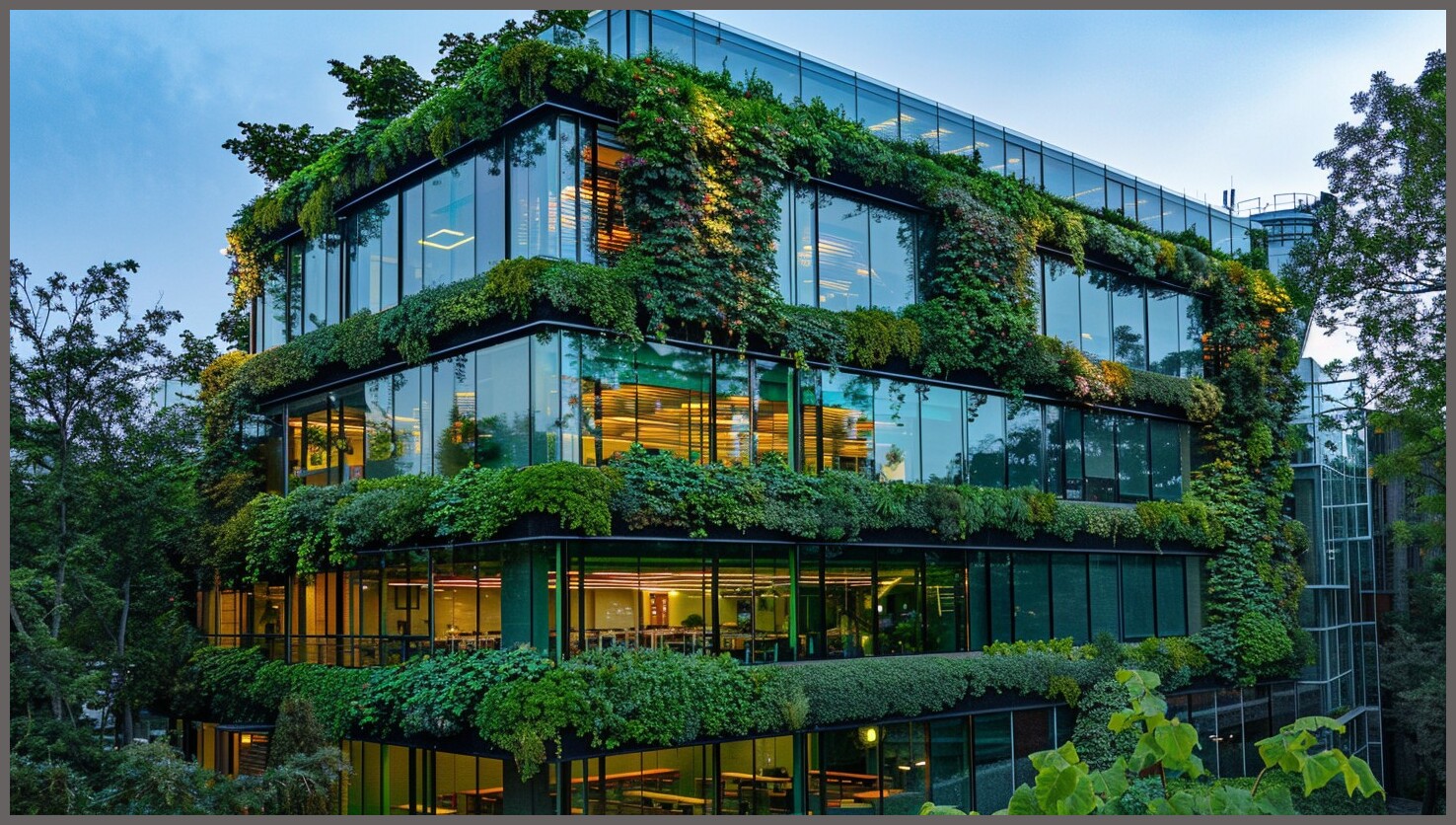
2. Use of Local Materials
The adoption of local materials is another success story in sustainable construction. For instance, earthbag construction has gained popularity. This technique involves using bags filled with local soil, which are stacked to create walls. This method not only reduces transportation costs but also minimizes carbon emissions associated with building materials. Several eco-villages and community housing projects have successfully implemented this technique, showcasing its viability.
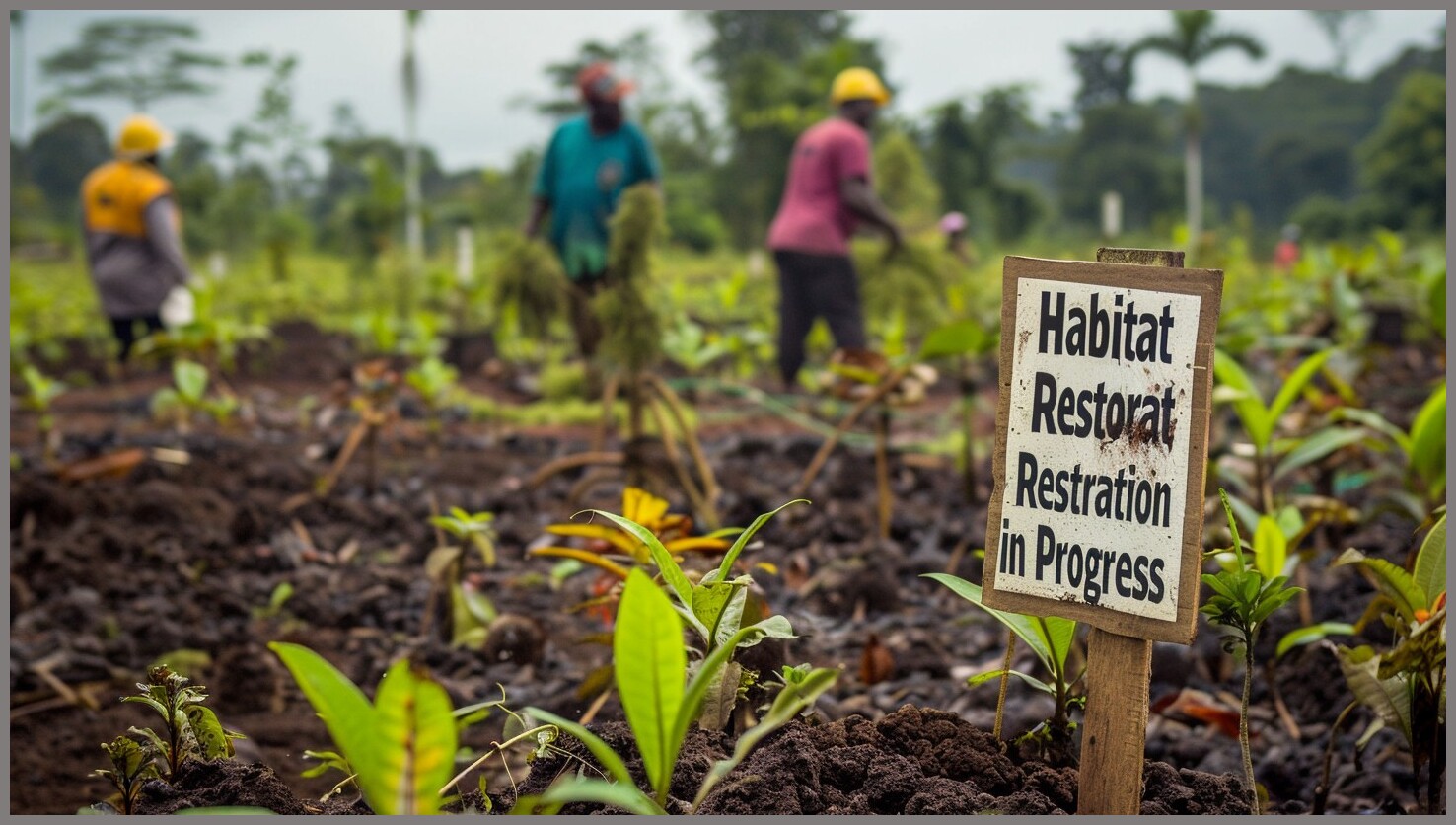
3. Solar Energy Integration
In response to Kenya’s energy challenges, many construction companies are incorporating solar energy systems into their buildings. For example, the Kibera Solar Project has installed solar panels in informal settlements, providing affordable energy to thousands. This initiative not only promotes sustainability but also enhances the quality of life for residents, proving that green solutions can address pressing social issues.
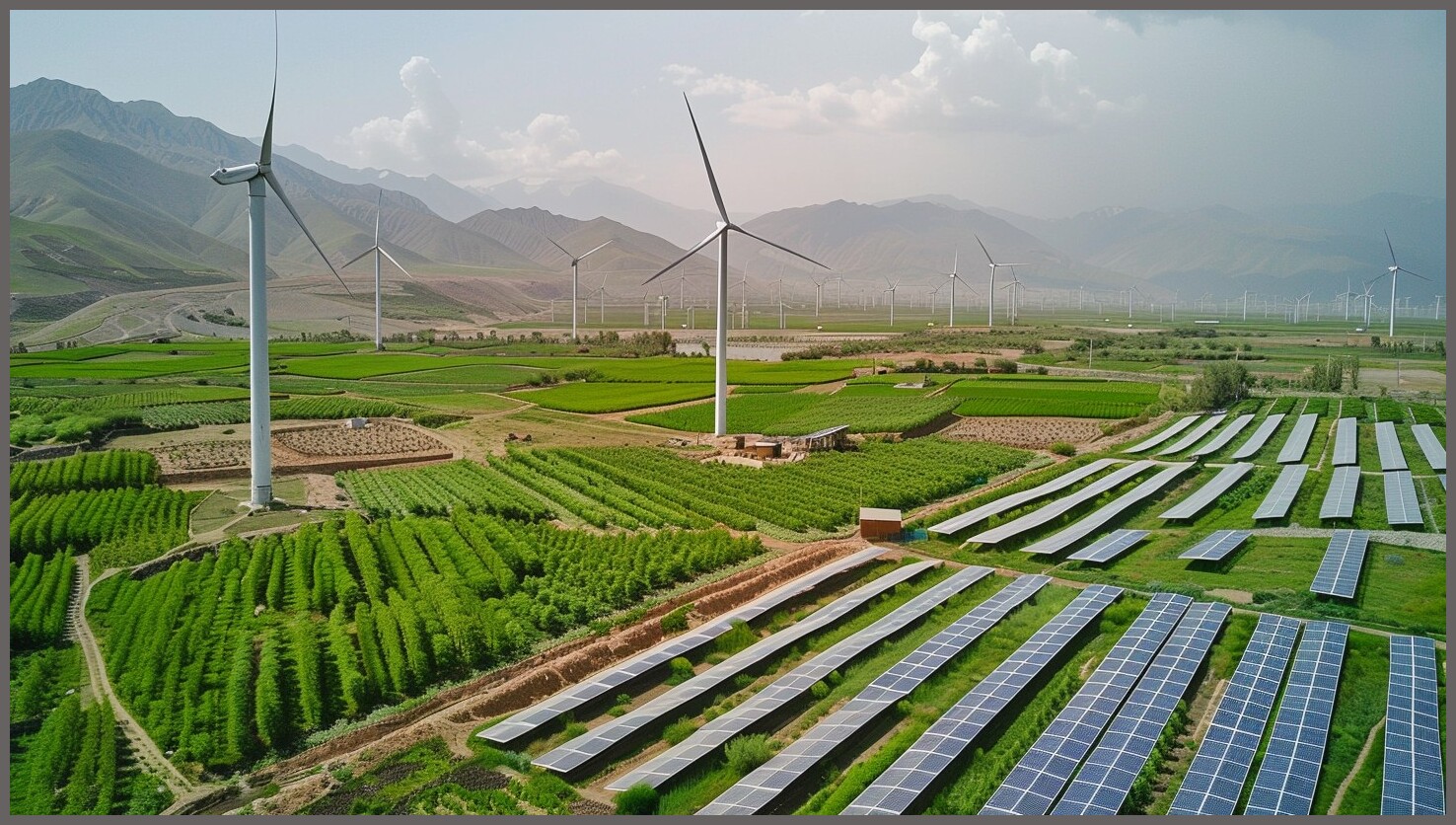
4. Water Efficiency Technologies
Sustainable building practices also emphasize efficient water use. Projects like the Kariba Dam Rehabilitation have incorporated advanced water management systems, including greywater recycling. These technologies help conserve water resources, which is crucial in a country where water scarcity is a growing concern. Such innovations highlight the importance of integrated water management in sustainable construction.
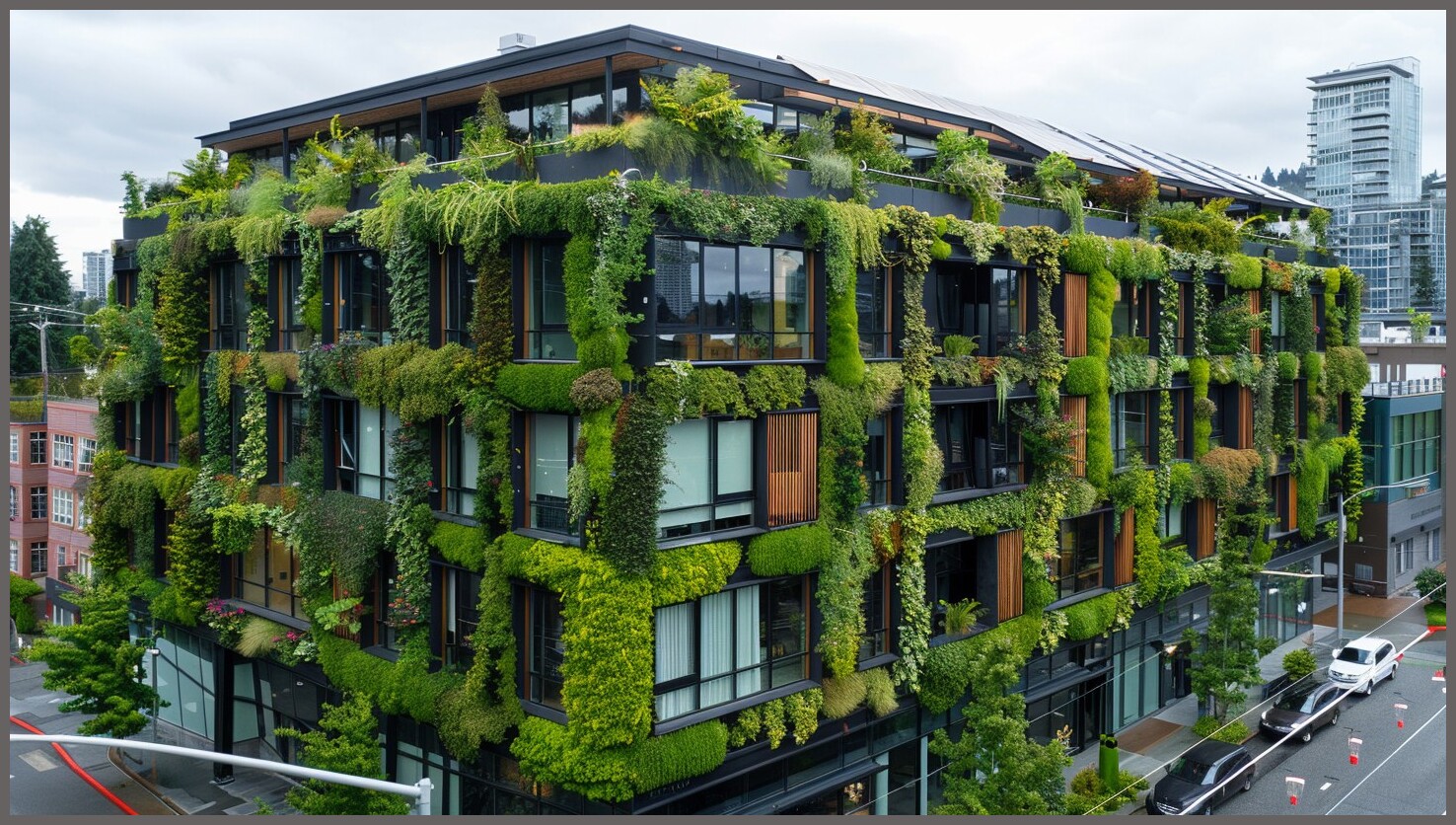
Challenges Facing Sustainable Construction
While there are many success stories, several challenges hinder the widespread adoption of sustainable building practices in Kenya.
1. High Initial Costs
One of the primary barriers to sustainable construction is the perception of high upfront costs. Many developers are hesitant to invest in green technologies due to initial expenses, despite the long-term savings on energy and maintenance. Educating stakeholders on the long-term financial benefits of sustainable practices is essential to overcoming this challenge.

2. Lack of Skilled Labor
The construction sector in Kenya often faces a skills gap. There is a shortage of trained professionals who are well-versed in sustainable building techniques. This lack of expertise can lead to suboptimal implementation of green technologies. Investment in training programs and workshops is critical to equip the workforce with the necessary skills.
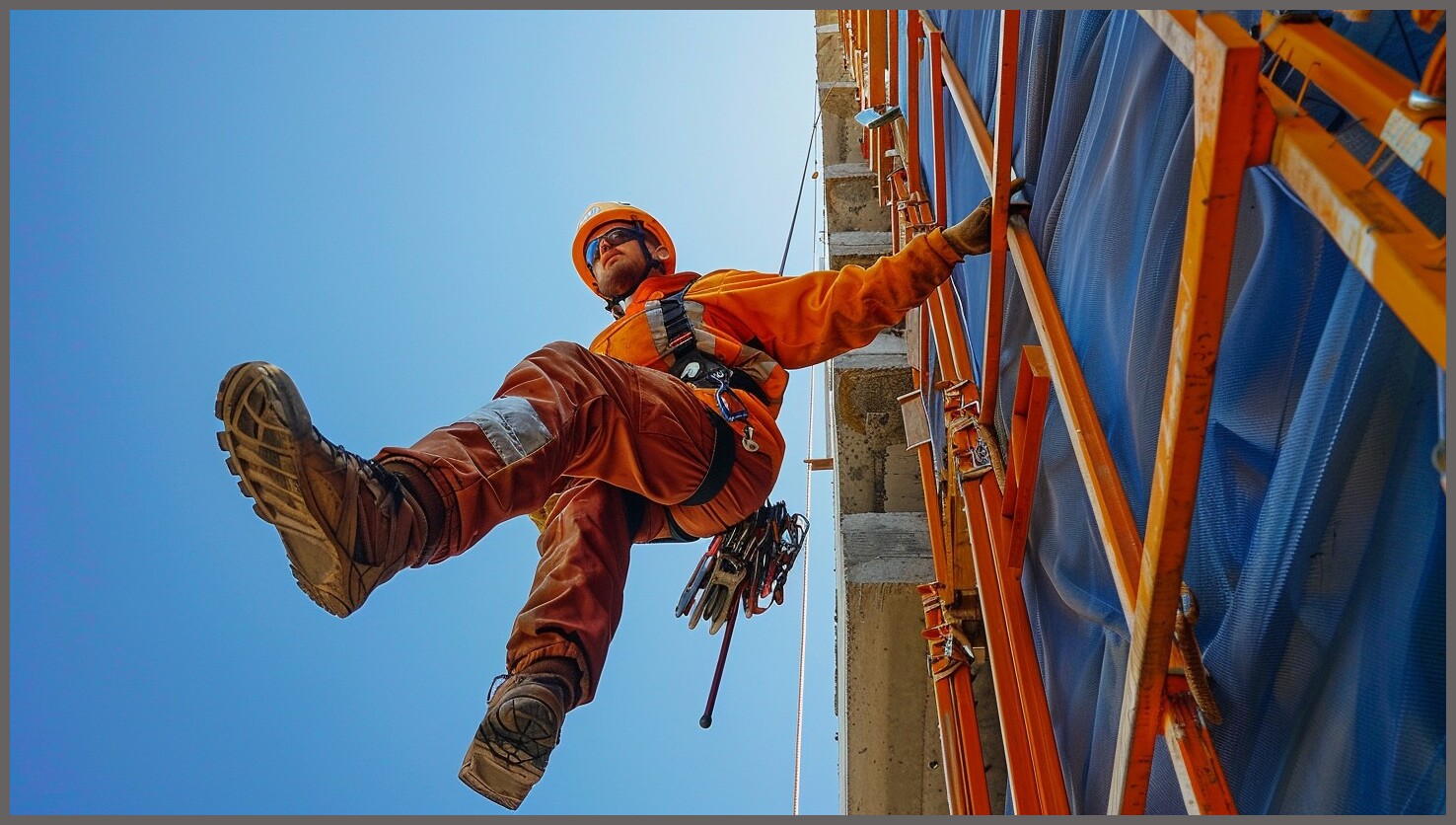
3. Regulatory Framework
The regulatory environment for sustainable construction in Kenya is still evolving. While the government has introduced policies promoting green building, enforcement and implementation remain inconsistent. Clearer guidelines and incentives for sustainable practices can encourage more developers to adopt these methods.
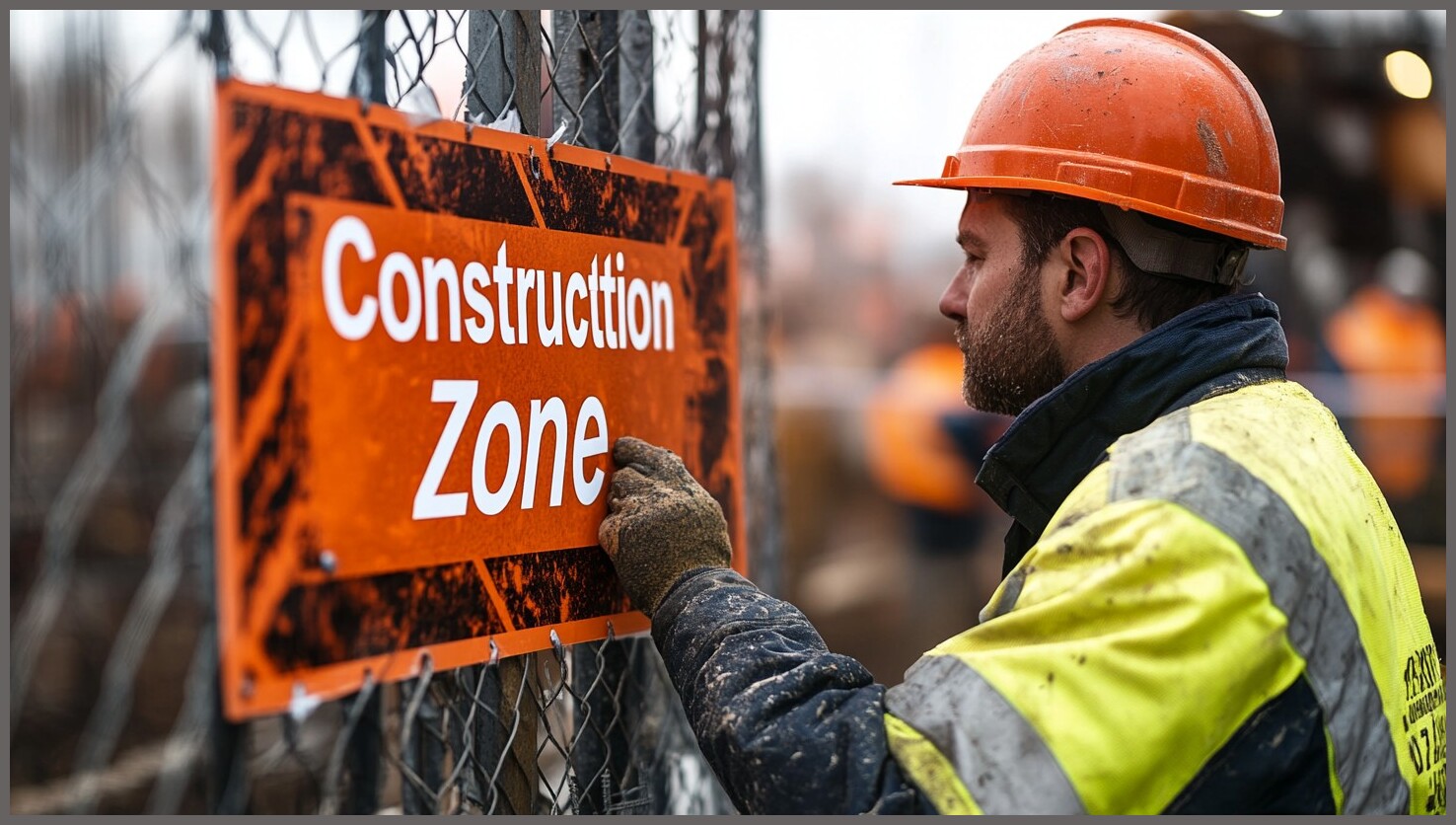
4. Public Awareness
Public awareness regarding the benefits of sustainable building is limited. Many potential homeowners and businesses prioritize cost over sustainability, often overlooking the long-term advantages of energy-efficient buildings. Awareness campaigns can play a pivotal role in changing mindsets and promoting sustainable practices among the general populace.

The Path Forward
To enhance sustainable building practices in Kenya, stakeholders must collaborate to address these challenges. This includes government agencies, private sector players, and non-governmental organizations working together to create a more conducive environment for green construction.
Investment in Research and Development
Investing in research and development can lead to innovative solutions tailored to Kenya’s unique challenges. This could involve exploring new materials, construction techniques, and energy systems that align with sustainable practices.

Policy Incentives
The government should consider offering tax incentives or subsidies for projects that meet specific sustainability criteria. This could make green construction more appealing to developers and homeowners alike.

Community Engagement
Engaging communities in the planning and execution of sustainable projects can foster a sense of ownership and responsibility. Community-driven initiatives often lead to greater acceptance and support for sustainable practices.
Conclusion
Sustainable building practices in Kenya are gaining traction, evidenced by successful projects that showcase the potential for eco-friendly construction. However, challenges remain that must be addressed to ensure widespread adoption. By fostering collaboration among stakeholders, enhancing public awareness, and investing in training and policy reform, Kenya can pave the way for a more sustainable construction industry. As the nation continues to develop, embracing sustainability will be crucial not only for environmental conservation but also for economic growth and social well-being.